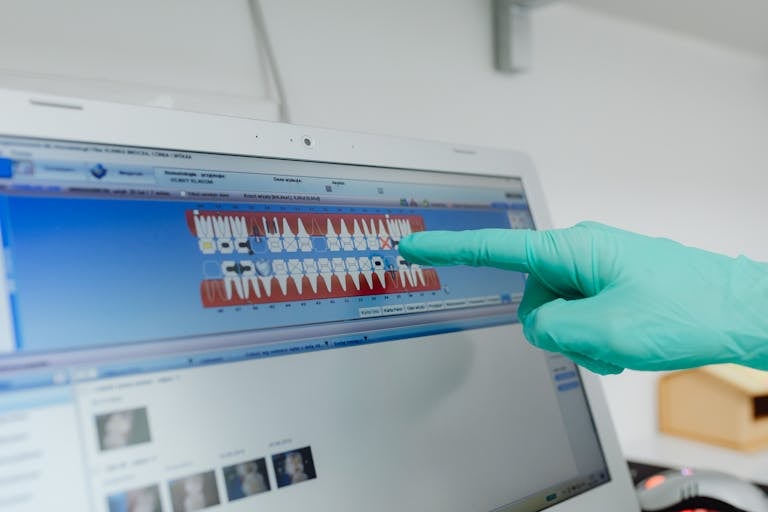The Evolution of Dentistry
Embracing Automation and Technology
Over the past decade, dentistry has undergone a remarkable transformation, driven by technological advancements that have revolutionized patient care and streamlined dental practices. From digital imaging to 3D printing, these innovations have not only improved treatment outcomes but also significantly enhanced workflow efficiency through automation.

Digital Imaging and CAD/CAM Technology
One of the most significant changes in modern dentistry has been the widespread adoption of digital imaging and Computer-Aided Design/Computer-Aided Manufacturing (CAD/CAM) technology. Intraoral scanners have largely replaced traditional impressions, allowing dentists to create highly accurate 3D models of patients’ teeth in minutes. This digital workflow eliminates the need for messy impression materials and reduces patient discomfort.
CAD/CAM systems enable the design and fabrication of dental restorations, such as crowns, bridges, and veneers, in a single appointment. This technology has automated much of the restoration process, reducing lab time and allowing for same-day treatments.
Artificial Intelligence in Diagnostics
Artificial Intelligence (AI) has made significant inroads in dental diagnostics. AI-powered software can analyze dental X-rays and other imaging data to detect cavities, periodontal disease, and even early signs of oral cancer with high accuracy. This automation assists dentists in making faster, more precise diagnoses and treatment plans.
3D Printing in Dental Applications
The integration of 3D printing technology has revolutionized the production of dental devices and models. From surgical guides for implant placement to custom orthodontic aligners, 3D printing has automated and expedited the manufacturing process. This technology allows for greater customization and precision in dental treatments while reducing production time and costs.
Practice Management Software
Advanced practice management software has automated many administrative tasks in dental offices. These systems handle appointment scheduling, patient records, billing, and insurance claims processing. By streamlining these operations, dental practices can focus more on patient care and less on paperwork.
Robotic-Assisted Dental Surgery
While still in its early stages, robotic-assisted dental surgery is an emerging technology that promises to enhance the precision and efficiency of complex dental procedures. These systems can assist with implant placement and other surgical interventions, potentially reducing procedure times and improving outcomes.
Teledentistry and Remote Monitoring
The rise of teledentistry has allowed for remote consultations and follow-ups, particularly useful for post-operative care and orthodontic monitoring. Automated systems can track patient progress through smartphone apps and alert dentists to potential issues, reducing the need for in-person visits and improving overall patient care efficiency.
Conclusion
The dental industry’s embrace of automation and advanced technologies has transformed patient care and practice management. These innovations have not only improved treatment outcomes but also significantly enhanced workflow efficiency. As technology continues to evolve, we can expect even greater advancements in automated dental care, ultimately leading to better oral health outcomes for patients and more streamlined operations for dental professionals.
By leveraging these technological advancements, dental practices can provide higher quality care, improve patient experiences, and operate more efficiently in an increasingly competitive healthcare landscape.








